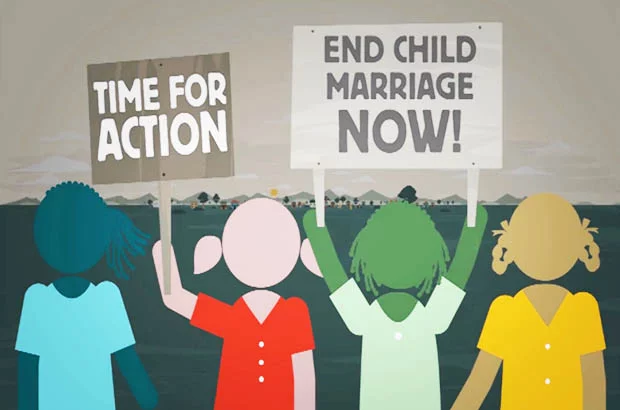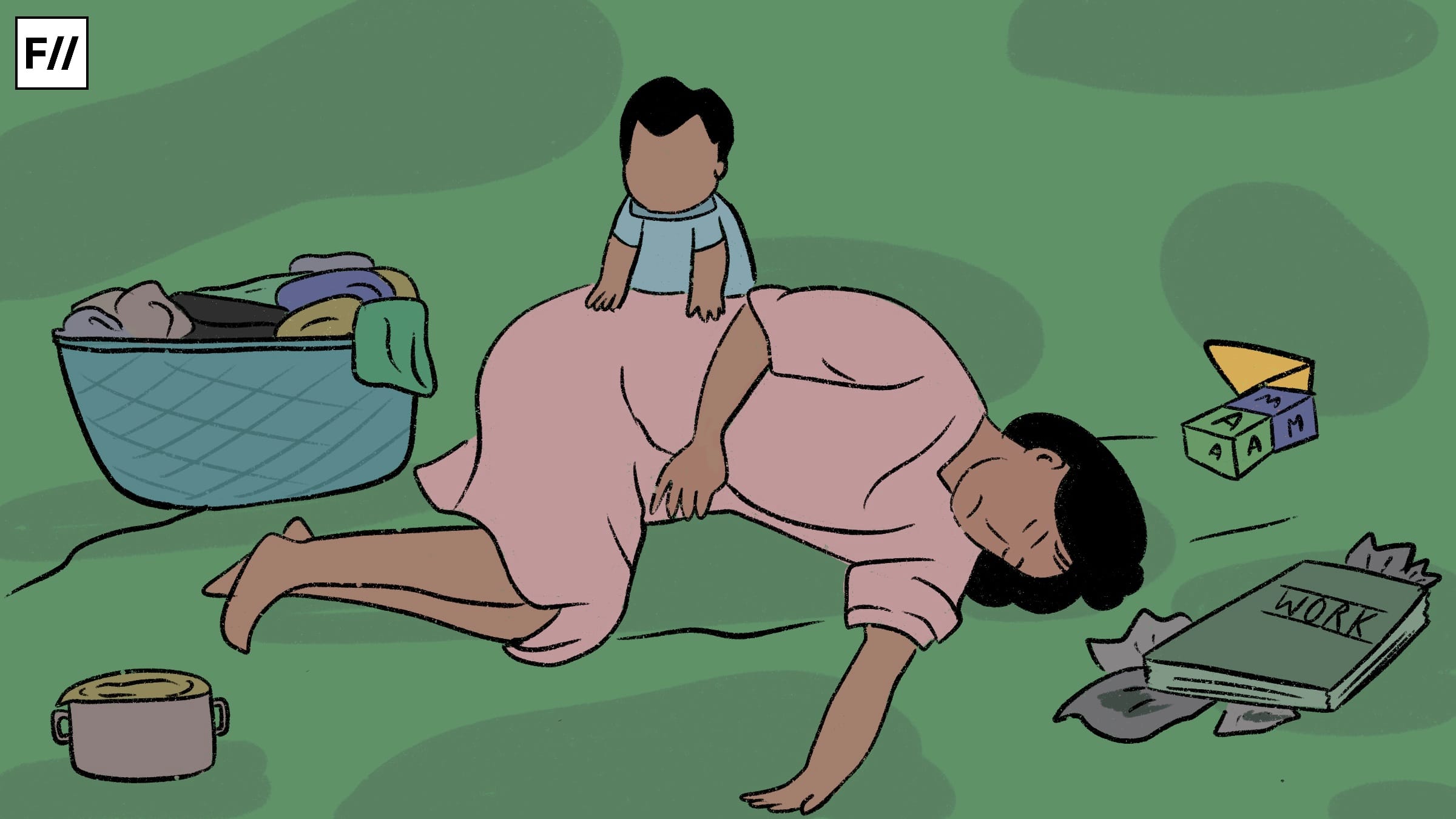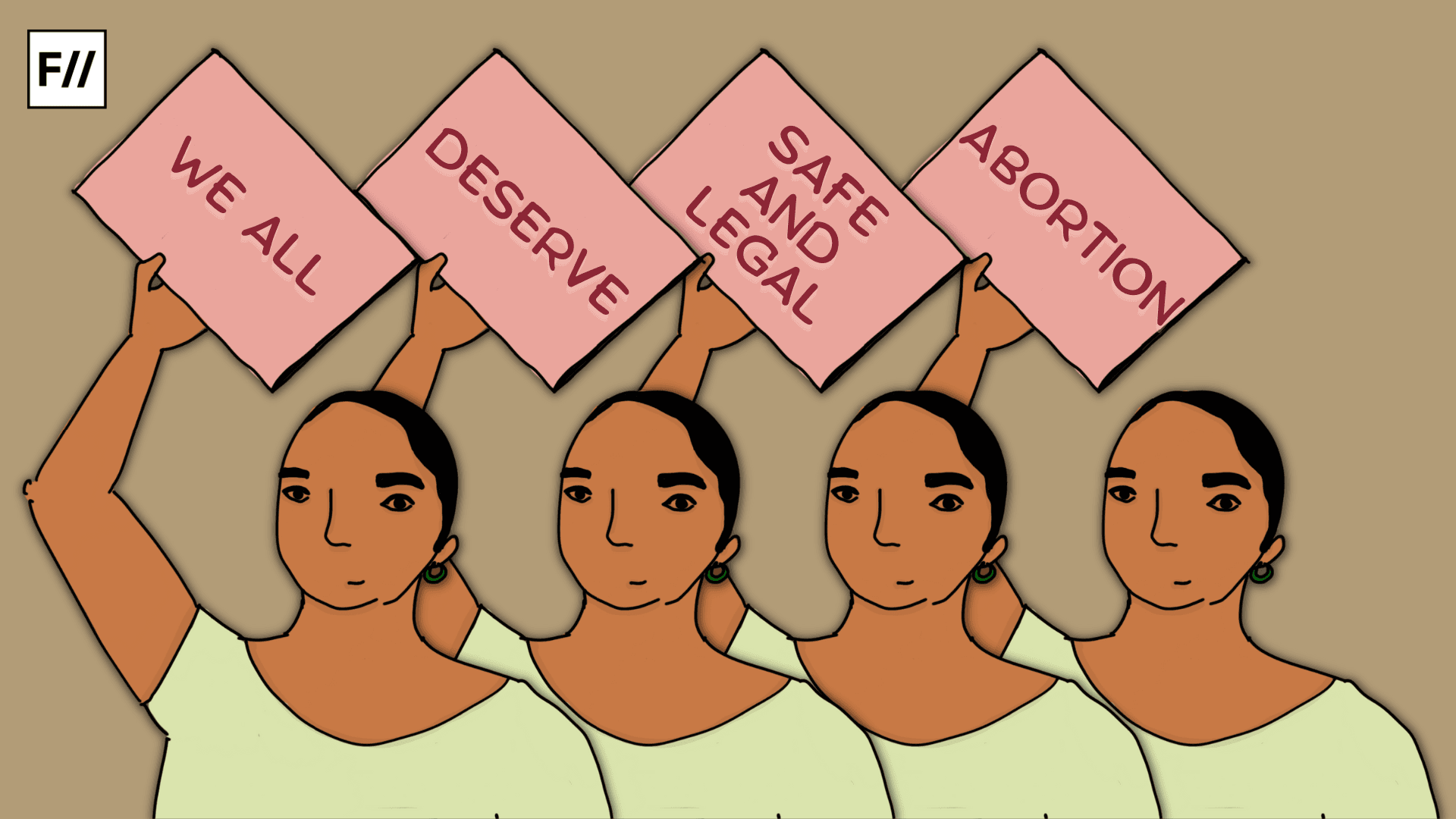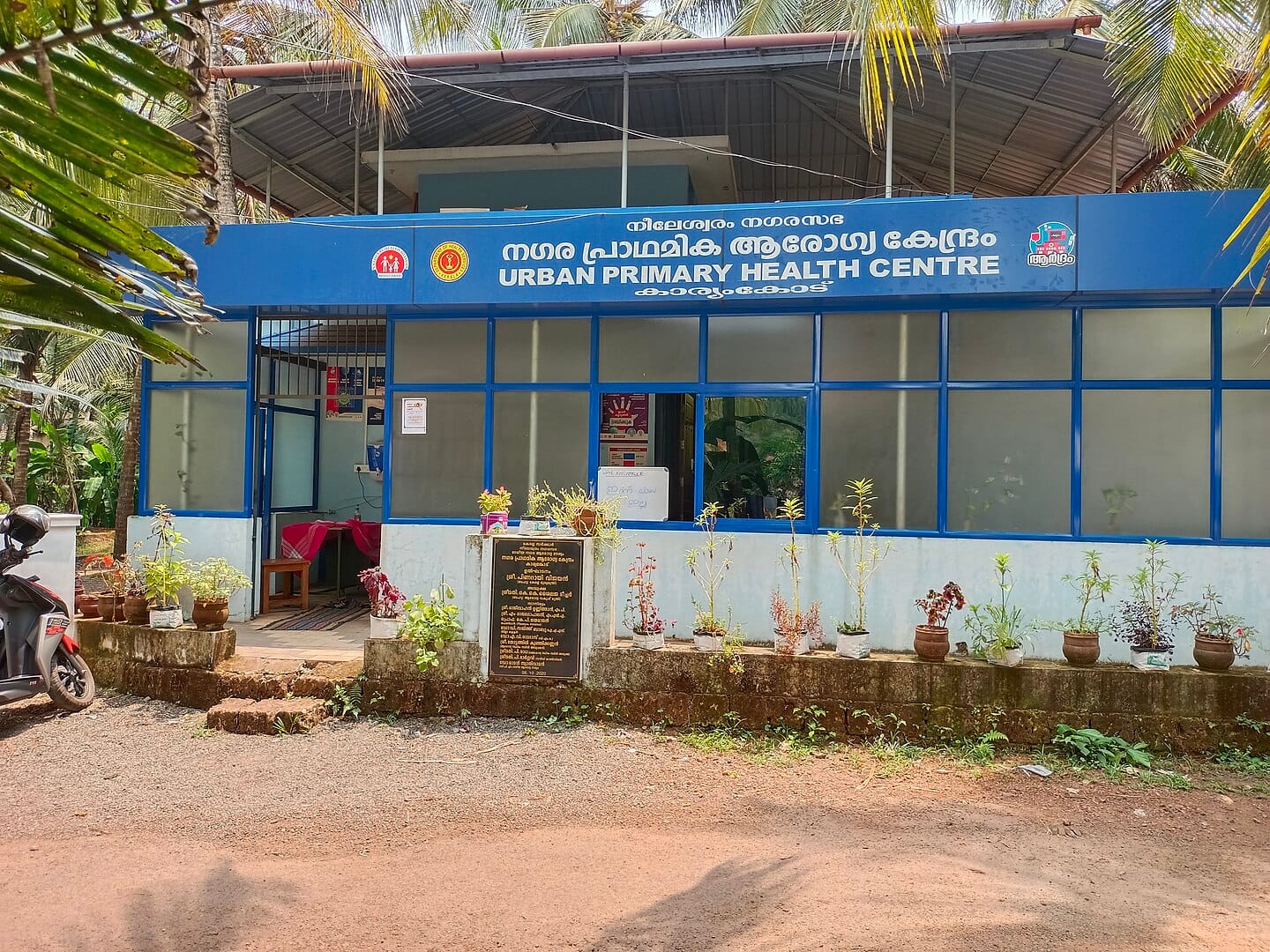Have you ever seen a thirteen- or fourteen-year-old girl, dressed in a sari, wearing a black-beaded necklace with a single gleaming gold bead, anklets on her feet, and tight bangles on her wrists? Their bodies, height, and age seem overshadowed by their noticeably protruding bellies. Their faces carry a hint of maturity, burdened by the responsibilities of a child marriage and the pressures of work. Yet, when they speak, their playful innocence is impossible to miss.
These young girls, barely in their teens, often have more than one child clinging to them—nursing one while pregnant with another. Still children themselves, they respond to cries of “Mummy-Mummy,” struggling to adjust their saris or hold their infants. Exhausted, they sometimes resort to a light slap in frustration, unable to shower their children with love. Burdened with responsibilities far beyond their years, they face neglect, verbal abuse, and even violence if they falter. In impoverished families marked by unstable jobs and migration, they are not only expected to manage household chores but also work as laborers—often married off to add another worker to the household. In the midst of this chaos, what does motherhood feel like for these young girls? Recent reports from Andhra Pradesh and Telangana echo such harsh reality, where a ‘Young Lives’ study found 20% of girls married before 18, often due to poverty, as was seen in a case of a girl wed at eight.
The harsh reality of child marriage in india
According to the National Family Health Survey (NFHS-5, 2019-21), 23.3% of women aged 20-24 in India were married before age 18, with higher prevalence in rural areas (27%) compared to urban areas (17%). India accounts for one-third of the world’s child brides. Despite a decline from 47.4% in 2005-06, the rate of progress is insufficient to meet the Sustainable Development Goal of eliminating child marriage by 2030.
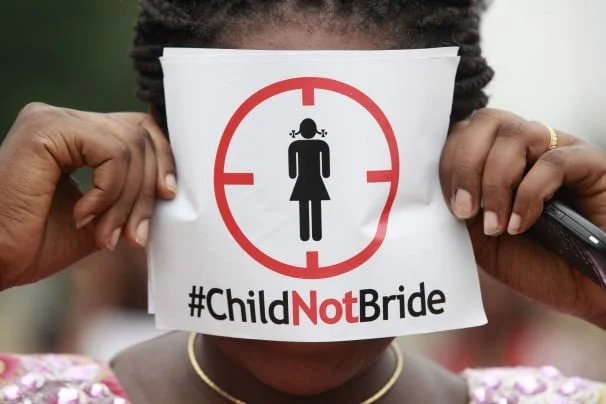
The NFHS-5 data highlights that in states like Bihar (40.8%) and West Bengal (41.6%), child marriage rates remain alarmingly high, with poorer households and lower education levels strongly correlated with higher prevalence. For instance, 77% of women aged 20-24 with no education were married before 18, compared to 27% with secondary education or higher. Both the government and citizens often turn a blind eye to this reality. In any family crisis, girls are the first casualties. Their education is the first to be sacrificed, followed swiftly by early marriage. Post-marriage, the expectation of motherhood follows immediately, with no regard for her consent or readiness.
I had no idea what marriage or a husband meant. I couldn’t even manage household chores properly—just sweeping, washing dishes, and fetching water. But that same year, I got pregnant. I was so small, but my belly grew large. I had constant dizziness and vomiting; I couldn’t keep food down. Then I gave birth to a 3.5-kilo baby. I had no milk.
NFHS-5 data also highlights that teenage childbearing remains a concern in India, with 7% of women aged 15-19 having begun childbearing—5% having had a live birth and 2% pregnant with their first child. Although the rate declined slightly from 8% in 2015-16 to 7% in 2019-21, significant disparities exist. Rural areas report higher teenage pregnancy rates (8%), and education plays a key role—18% of women with no schooling have begun childbearing, compared to just 4% with 12 or more years of schooling. Certain states, including Tripura (22%), West Bengal (16%), and Andhra Pradesh (13%), show significantly higher teenage pregnancy rates than others.
The burden of early motherhood
In the village of Madhubani, Bihar, Suraji Devi, a grandmother in her forties, reflects a life shaped by early marriage. Abeda Khatoon, married so young she can’t recall her age, remembers her father-in-law telling her father, ‘You gave birth to her, but we raised her.’ Reema, a young-looking girl, responds not with a school grade but with, ‘I’m married, and I have a child.’ Rani, in her mid-thirties, recalls knowing nothing about marriage or intimacy—she assumed whatever her husband did must be love. Married at fourteen, she had a daughter within a year, and her aunt remarked, ‘A child has given birth to a child.’
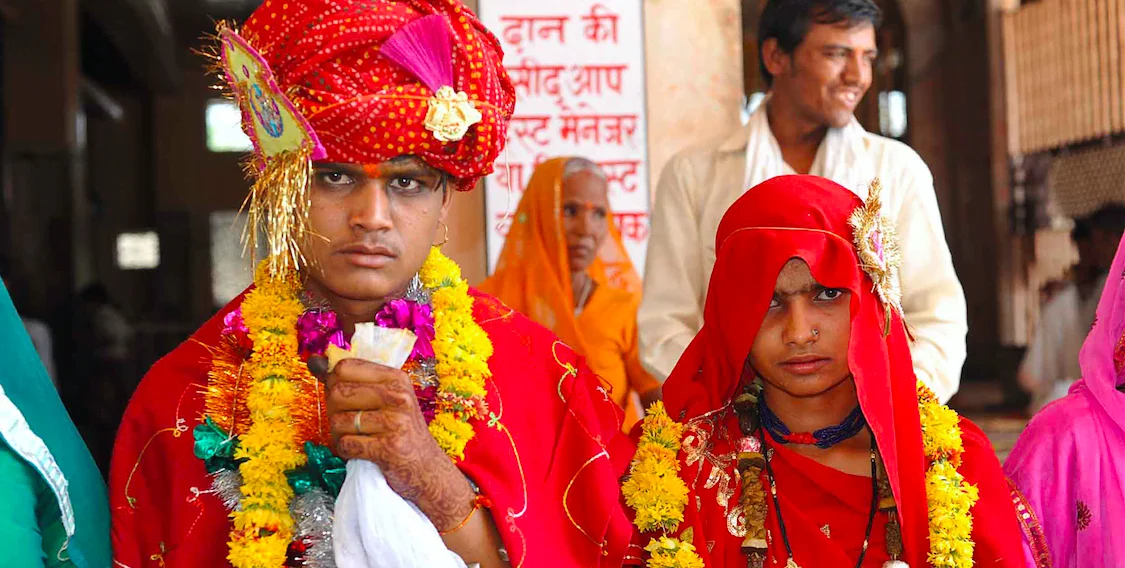
Deepa, from Beed, Maharashtra was married after her sixth-grade exams and became a mother at thirteen. A relative pressured her father, arguing that she was physically mature and warning of dishonor if she eloped. Despite her father’s concerns about her young age and financial burdens from her sisters’ weddings, the relative insisted—no dowry was needed. Eventually, her engagement was fixed, and she was married the same day. She told, ‘I had no idea what marriage or a husband meant. I couldn’t even manage household chores properly—just sweeping, washing dishes, and fetching water. But that same year, I got pregnant. I was so small, but my belly grew large. I had constant dizziness and vomiting; I couldn’t keep food down. Then I gave birth to a 3.5-kilo baby. I had no milk. I didn’t know how to hold the baby, feed it, or clean it. If the baby wasn’t fed, it would cry incessantly, and I’d lose my mind.’
Sadhana, who works in sugarcane fields in Karnataka, conceived in the third month after her marriage at sixteen. She says, ‘I vomited every day for nine months. My weight shot up, and my belly grew so large I couldn’t see ahead. I still had to work in the fields. I didn’t understand anything about pregnancy. With my young age and the strain of fieldwork, I delivered eight months and eight days in. Though it was a normal delivery, I needed eight stitches in my vaginal area.
The pain was unbearable and even I didn’t know how to care for the baby. Once while bathing my baby, water accidentally got into her mouth, and her eyes rolled back. Panicked, I ran outside, wiping off the soap, unsure of what to do. When my husband returned from work, we rushed to the doctor. Balancing chores and childcare felt overwhelming, so we decided to wait five years before having a second child.’
Mukta, just sixteen and recently postpartum, was being guided by her mother—only in her late thirties—on how to hold her baby. Mukta’s mother Kalpna worried that her daughter’s marriage shouldn’t have happened so early, like her own. But poverty left no choice. When a proposal came from her sister-in-law’s son, refusal wasn’t an option. Mukta’s mother says, ‘I gave birth to four children, but I never understood my own body. I didn’t want the same for my daughter. Marriage doesn’t just bring household duties; you also have to work as a laborer. Could my tender girl manage household or labor work and live well? Even if she didn’t have a child right away, there were taunts from the in-laws.
I gave birth to four children, but I never understood my own body. I didn’t want the same for my daughter. Marriage doesn’t just bring household duties; you also have to work as a laborer.
Now that she has a child, at least no one will taunt her.’ Mukta’s mother’s reasoning made sense in their context. Meanwhile, Rupali, only twenty but married for five years, faces taunts for not having a child. She turns to superstitions—medicines, fasts, chants—desperate to conceive. Though doctors advise patience, citing her young age, societal pressure leaves her restless.
Lost childhoods and coerced relationships
Motherhood is often glorified, but for many young girls, it comes at the cost of their well-being. Pressured into early pregnancies without regard for their consent, they face serious health risks, including maternal mortality, anemia, and complications like back pain and miscarriages. Social pressure, like Rupali’s desperation to conceive to avoid taunts, strips them of autonomy and childhood. Their motherhood becomes a burden of physical pain, emotional trauma, and social coercion. The expectation of motherhood without love or choice leaves lasting scars, leading to lifelong trauma.
For Deepa, her first night was terrifying. She was scared of her husband and didn’t understand what he was doing. No one had explained anything about marriage and sex to her. The next day, she became withdrawn and fell ill. She was sent to her parental home, where her older sister explained marital relations, warning her not to speak of it. Reflecting on her lost opportunities, she adds, ‘At the time of marriage, I felt nothing. If you don’t understand anything, how can you feel good or bad? But now I think—if I had studied, my life would’ve been different. Seeing other girls my age in their mid-twenties, I sometimes feel angry about my life. If I had studied, I could’ve decided what I wanted to do.’
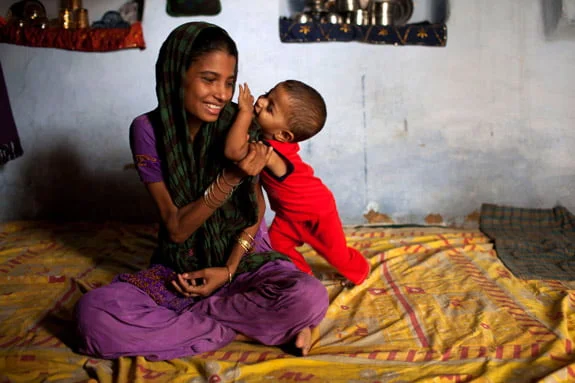
Abeda Khatoon couldn’t recall her age at marriage. When asked about her husband’s age, she grew quiet, mumbling that he was much older. When asked how she felt, she said, ‘I didn’t think that much. I didn’t have that much understanding. But now I think. Now I’m wiser, but what can I do? That’s how I had four sons. What can I do now? This is my life.’
Sarika, who was married young and manages household chores, highlighted another aspect of relationships. She says, ‘There’s not enough food or drink. You have to start work right away. The body’s wear and tear doesn’t recover. This affects the husband-wife relationship too. Ailments make it hard for women to respond to men adequately. Then men take out their frustration on women, sometimes with violence. At times, intimacy happens under duress, but there’s no love in it—just coercion, both in giving and taking.’ These girls, unprepared for marriage or motherhood, face coercion in relationships, their trauma leaving lasting scars.
Systemic failures but balancing opposition with compassion
Marriage, intimacy, relationships, and even motherhood—if there’s no love in these, what meaning do they hold? Love between husband and wife doesn’t blossom before motherhood arrives. These young mothers may mature quickly due to their circumstances, growing wise and resilient, but often at the cost of losing themselves, dedicating their lives solely to family. The parents who arrange such marriages are often themselves victims of circumstance, burdened by unstable lives and jobs, where their daughters’ safety is a pressing concern. But how can we punish tender young girls for this reality?
Despite laws like the Prohibition of Child Marriage Act (2006), which sets the legal marriage age at 18 for girls and 21 for boys, enforcement remains weak. According to a report by the ‘India Child Protection’ research team, part of the Child Marriage Free India (CMFI) network, only 3,563 cases were listed for trial in 2022, with a mere 11% conviction rate, starkly lower than the 34% conviction rate for all crimes against children that year. This slow disposal rate has led to a 92% pendency rate, suggesting it could take 19 years to clear the backlog of cases from 2022 alone.
One thing is certain: laws alone aren’t enough. We have laws against child marriage, but neither government crackdowns nor administrative measures suffice. Our society’s complexities demand more. If we see young pregnant girls around us, we should at least ensure they’re getting nutritious food and vaccinations. We must take care to prevent their bodies from deteriorating. Opposing child marriage and the glorification of motherhood while supporting child mothers may seem contradictory, but it aligns with humanity. In the long run, we must oppose and criticize child marriage, but for now, we must treat these girls with empathy while opposing such practices. We need to make the days of these ‘mothers’ a little easier.
